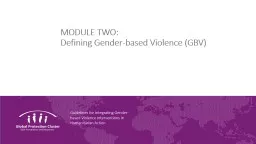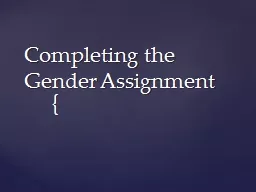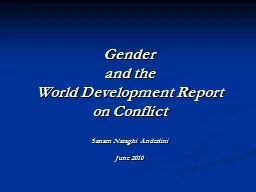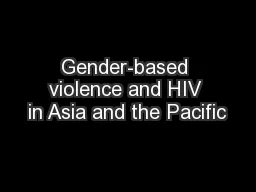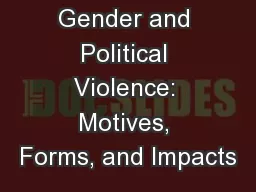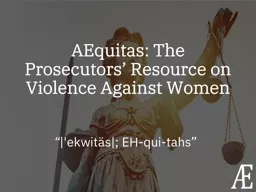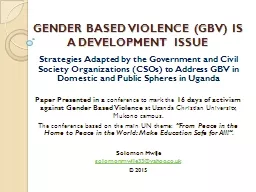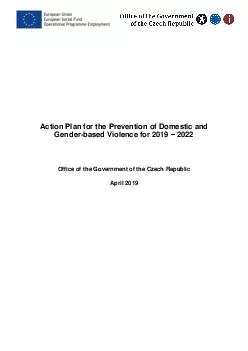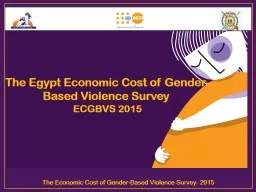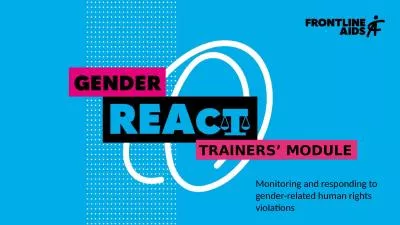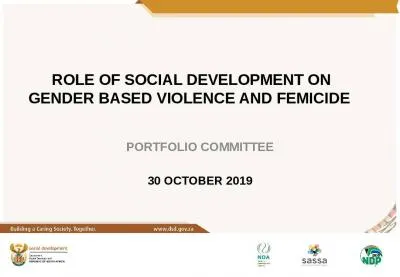PPT-MODULE T WO: Defining Gender-based Violence
Author : sherrill-nordquist | Published Date : 2018-10-09
GBV Core Concepts in understanding GBV Sex and gender Human rights Power Violence Harm Consent Activity what is gender D ivide into two groups Draw or write
Presentation Embed Code
Download Presentation
Download Presentation The PPT/PDF document "MODULE T WO: Defining Gender-based Viol..." is the property of its rightful owner. Permission is granted to download and print the materials on this website for personal, non-commercial use only, and to display it on your personal computer provided you do not modify the materials and that you retain all copyright notices contained in the materials. By downloading content from our website, you accept the terms of this agreement.
MODULE T WO: Defining Gender-based Violence: Transcript
Download Rules Of Document
"MODULE T WO: Defining Gender-based Violence"The content belongs to its owner. You may download and print it for personal use, without modification, and keep all copyright notices. By downloading, you agree to these terms.
Related Documents

